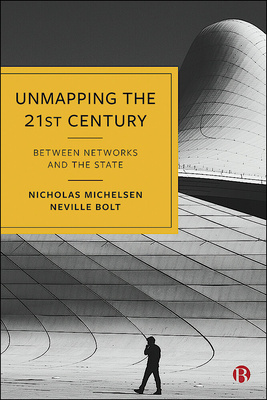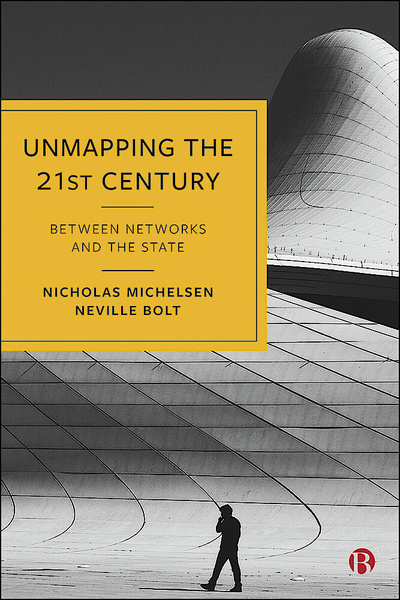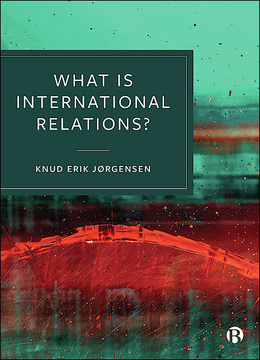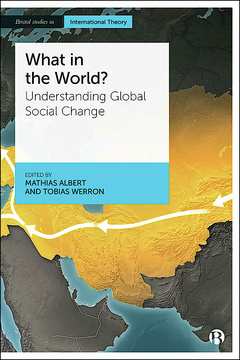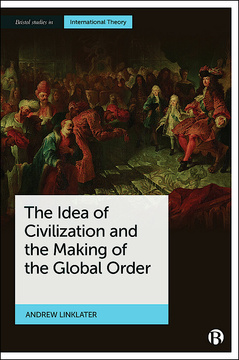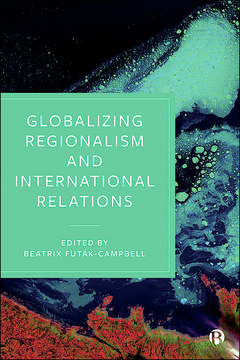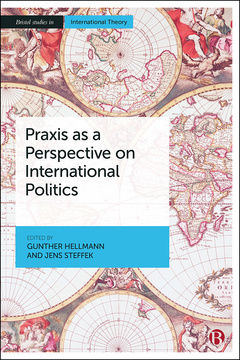Published
Jul 28, 2022Page count
160 pagesISBN
978-1529223743Dimensions
234 x 156 mmImprint
Bristol University PressPublished
Jul 28, 2022Page count
160 pagesISBN
978-1529223736Dimensions
234 x 156 mmImprint
Bristol University PressPublished
Jul 28, 2022Page count
160 pagesISBN
978-1529223750Dimensions
234 x 156 mmImprint
Bristol University PressPublished
Jul 28, 2022Page count
160 pagesISBN
978-1529223750Dimensions
234 x 156 mmImprint
Bristol University PressThe 21st century has been characterized by great turbulence, climate change, a global pandemic, and democratic decay.
Drawing on post-structural political theory, this book explores two dominant concepts used to make sense of our disturbed reality: the state and the network. The book explains how they are inextricably interwoven, while showing why they complicate the way we interpret our present.
In seeking a better understanding of today’s world, this book argues that we need to pull apart the familiar lines of our maps. By looking beneath and across these lines, an ‘unmapping’ presents new insights and opportunities for a better future.
“Through a wide-ranging work of remarkable erudition and sophisticated analysis, Michelsen and Bolt’s cartography of the present reveals the complex intertwining of hierarchies and networks that shapes our world.” Antoine Bousquet, Swedish Defence University
"Michelsen and Bolt’s argument casts a new light on our perception of politics and world order through time and space, and the book certainly deserves close attention." Aleksandra Spalińska, University of Warsaw, Poland for International Affairs
Nicholas Michelsen is Reader in International Relations and Director of Education in the Department of War Studies at King’s College London.
Neville Bolt is Reader in Strategic Communications in the Department of War Studies and Director of the King’s Centre for Strategic Communications (KCSC) at King’s College London.
Chapter 1: Taking the Lines off the Map
Chapter 2: A Great Unmapping
Chapter 3: Capitalism and Imperialism
Chapter 4: Thinking Like a State
Chapter 5: Bureaucracy and Power
Chapter 6: The Battle Swarm
Chapter 7: Information and the State
Chapter 8: Romance of Networks
Chapter 9: Borders and Impermanence
Conclusion







